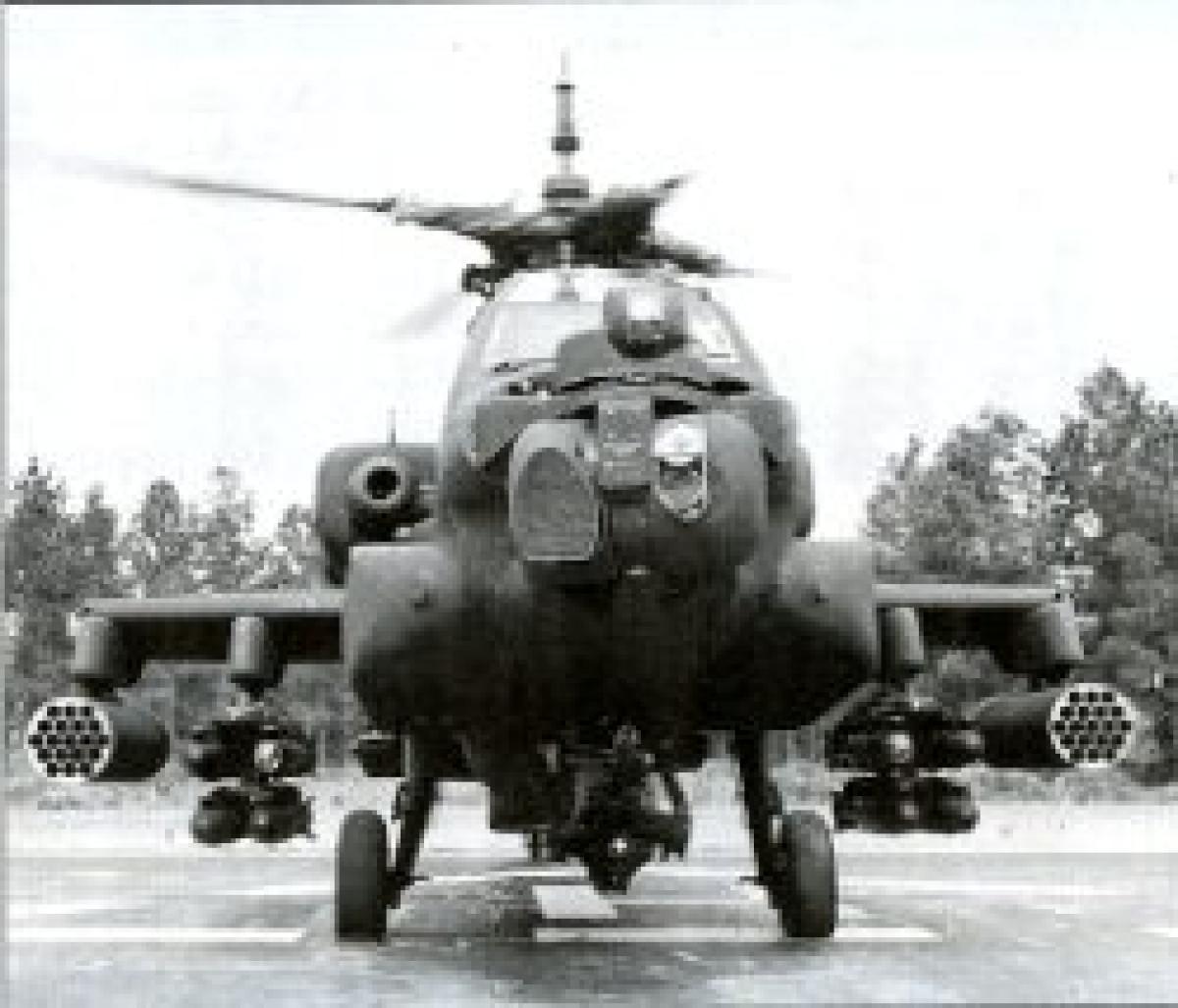The Defense Department's Quadrennial Defense Review (QDR) issued in May 1997 said that "it is imperative that the United States now and for the foreseeable future be able to deter and defeat large-scale cross-border aggression in two distant theaters in overlapping time frames, preferably in concert with regional allies." This essentially reaffirmed the requirement of 1993's Bottom-Up Review (BUR) to wage two simultaneous "major regional contingencies." Both reviews visualize Korea and the Middle East as the two locales.
The QDR took note of Joint Vision 2010, launched last year with Chairman of the Joint Chiefs of Staff General John M. Shalikashvili's glossy, 34-page pamphlet in full color, and recently supplemented by an equally glossy and colorful 88-page Concept for Joint Future Operations. In stirring phrases they tell how future joint forces will exploit Information Superiority and Technological Innovations to apply Dominant Maneuver, Precision Engagement, Full Dimension Protection, and Focused Logistics to achieve Full Spectrum Dominance as they prepare to Fight and Win our nation's wars.
Beyond saying that "Joint Vision 2010 provides a prudent vector for combining revolutionary technical advances with new operational concepts to give us a force to dominate any future battlefield," the QDR laid out no specifics on its implementation.
Soon after the QDR appeared, the Congressionally mandated nine-member National Defense Panel reviewed it, urging "stronger reliance on JV 2010 in every facet of future defense planning," commenting on "the need for military adaptation and innovation," and saying that "to the extent that the QDR views major theater warfare as a traditional force-on-force challenge, this view inhibits the transformation of the American military to fully exploit our (technological) advantages." The panel clearly holds that the Defense Department has a good way to go before it captures the promise of Joint Vision 2010
The panel is scheduled to release its final report this December. It should include the following recommendations:
- That the United States install a new strategy and operational concept to cope with the threat in Korea
- That the United States, starting now, and consistent with that new strategy and operational concept, boldly deploy in Korea key elements outlined in Joint Vision 2010.
Change is coming on the Korean Peninsula. No one can tell if, how, or when the North will fall apart, or how the inevitable unification of the peninsula will occur. The essential requirement is to make the transition without war.
The present strategy in Korea is to deter a North Korean attack. Failing that, the strategy is to defeat the North Koreans using Republic of Korea (ROK) forces reinforced by multidivision U.S. land, sea and air forces. The strategy concedes the possible-even probable-initial loss of Seoul to the North Koreans.
This is a far cry from the mid-1970s, when the United States and the Republic of Korea were committed a new "forward defense strategy" that said we would defend Seoul, not evacuate it. Senior commanders publicly warned the North that an attack would be foolhardy in the extreme and told all who would listen that Seoul would be held. That sort of language has not been heard of late. On 12 December 1993, Air Force Chief of Staff General Merrill McPeak told the Washington Post, "I just can't answer whether we could stop them before they get to Seoul or not." Two days later, General Shalikashvili said much the same.
The great danger has always been a North Korean miscalculation-and language like this can lead to disaster; North Korea has given little evidence of abandoning its dream of reuniting the Korean Peninsula by force.
Under these conditions the new strategy and operational concept for Korea should be:
- Virtual certain deterrence of any attack by convincing North Korea that U.S./ROK air and missile forces will devastate its homeland and that it has a zero chance of prevailing in any conflict
- If deterrence fails, stopping North Korea north of Seoul by reinforcing ROK forces with a restructured 2nd Infantry Division (redesignated Air Assault) which, like today's 101st Airborne Division (Air Assault), has 72 tank killing AH-64 Apaches.
In Korea, the United States should apply Joint Vision 2010 now, without delay, as a demonstration and joint test bed. The promise of Joint Vision 2010's technical innovation is already at hand-in information superiority, in precision engagement both through air and missile attack and Army Apaches, in dominant maneuver to the battlefield through immediate strategic reinforcement with Air Force air, Navy air and missiles, and Army aviation, and in dominant maneuver on the battlefield with air-assault tactics and tank-killing aviation-not to mention opportunities for full-dimensional protection and focused logistics.
Why wait?



